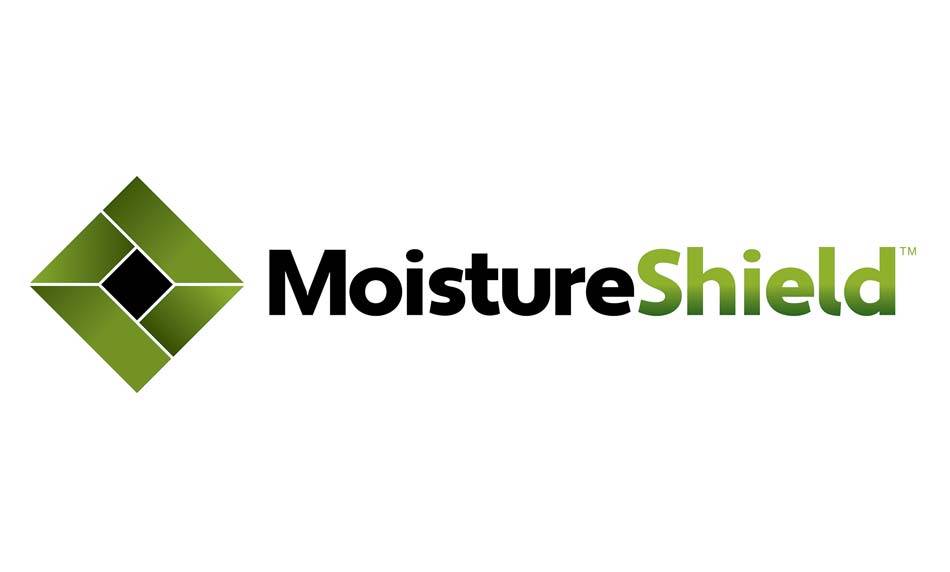Introduction
Moisture Shield Composite is a high-quality, durable, and eco-friendly alternative to traditional
wood decking and other outdoor applications. Made from a unique combination of wood fibers, plastic resins, and other additives, this composite material provides a
low-maintenance solution for homeowners and contractors alike. In this article, we’ll take an in-depth look at this Composite, its benefits, components, manufacturing process, types of products, installation, and more.
History
The development of Moisture Shield Composite can be traced back to the 1980s when researchers began experimenting with wood-plastic composites to address the challenges faced by traditional
wood materials. Over the years, the technology has evolved, and today, this Composite stands as a reliable and popular choice for
outdoor construction projects.
Benefits
Durability and longevity
One of the key advantages of Moisture Shield Composite is its durability. The material is resistant to rot, warping, and splintering, ensuring a longer lifespan compared to traditional wood. In addition, it’s less susceptible to damage caused by insects, moisture, and UV exposure, providing homeowners with a long-lasting and attractive outdoor living space.
Low maintenance
Moisture Shield Composite requires minimal maintenance compared to wood, which often needs regular staining, sealing, and painting. With composite materials, occasional cleaning with soap and water is all that’s needed to keep the surface looking new and fresh.
Environmentally friendly
Using recycled wood fibers and plastic materials, MoistureShield Composite is an environmentally responsible choice. This not only reduces waste in landfills but also conserves valuable natural resources by reducing the demand for wood.
Aesthetics and customization
Available in various colors, textures, and styles, MoistureShield Composite offers numerous design options for homeowners. Additionally, the material can be easily cut and shaped to fit unique outdoor living spaces.
Components of Moisture Shield Composite
Wood fibers
The wood fibers used in Moisture Shield Composite are sourced from recycled wood waste, such as sawdust, wood chips, and wood flour. These fibers provide the composite with a natural wood-like appearance and texture.
Plastic resins
The plastic component of MoistureShield Composite is typically derived from recycled high-density polyethylene (HDPE), which can come from sources like milk jugs and plastic bags.
Additives and binders
Various additives and binders are included in the Moisture Shield Composite mix to enhance its performance, durability, and appearance. These additives can include UV stabilizers, colorants, and mold inhibitors, which contribute to the overall quality of the final product.
Manufacturing Process
The manufacturing process of Moisture Shield Composite involves the mixing of wood fibers, plastic resins, and additives under high heat and pressure. This mixture is then extruded or molded into the desired shape, such as decking boards, railings, or trim. The finished product is allowed to cool and is then cut to the required length, packaged, and shipped to distributors and retailers.
Types of Moisture Shield Composite Products
Decking boards
Moisture Shield Composite decking boards are the primary application of this material. They are designed to provide a low-maintenance and durable alternative to traditional wood decking. These boards come in various colors and finishes, allowing homeowners to create the perfect outdoor space.
Railings and balusters
In addition to decking boards, Moisture Shield Composite can be used for
railings and balusters, offering a consistent look throughout the entire outdoor living area. These components are designed to complement the decking and provide added safety and aesthetic appeal.
Fascia and trim
For a polished and complete look, Moisture Shield Composite fascia and trim can be used to cover the edges of the decking and
frame the outdoor space. This not only enhances the overall appearance but also helps protect the structure from moisture and other elements.
Installation Process
The installation process for Moisture Shield Composite products is similar to that of traditional wood. However, it’s essential to follow the manufacturer’s guidelines to ensure a proper and long-lasting installation. Some common installation steps include:
- Preparing the site and creating a stable foundation.
- Installing the supporting joists and beams.
- Fastening the Moisture Shield Composite decking boards using hidden fasteners or traditional deck screws.
- Installing the railings, balusters, fascia, and trim as needed.
Caring for Your Moisture Shield Composite
Although Moisture Shield Composite requires minimal maintenance, it’s crucial to follow some basic care practices to prolong its life and maintain its appearance. Some of these practices include:
- Regularly cleaning the surface with soap and water to remove dirt and debris.
- Inspecting the decking for any signs of damage and addressing them promptly.
- Avoiding the use of harsh chemicals or abrasive cleaning tools that may damage the composite material.
Common Issues and Solutions
While Moisture Shield Composite is designed to be durable and long-lasting, some common issues may arise. These include:
- Scratches and scuffs: Use a touch-up kit provided by the manufacturer to address minor scratches and scuffs.
- Mold and mildew: Regular cleaning and proper ventilation can help prevent mold and mildew growth.
- Fading: Over time, UV exposure may cause some fading of the composite material. Applying a UV protectant can help reduce this effect.
Cost Comparison with Traditional Materials
While the initial cost of Moisture Shield Composite may be higher than traditional wood, the long-term savings in maintenance, repair, and replacement make it a cost-effective option for many homeowners. Additionally, the eco-friendly nature of the material adds value to the investment.
Popular Moisture Shield Composite Brands
Several reputable brands offer high-quality Moisture Shield Composite products. Some popular brands include Trex, TimberTech, Fiberon, and MoistureShield. It’s essential to research and compares different brands to determine the best fit for your project.
Recycling and Disposal
MoistureShield Composite materials are recyclable and can be disposed of responsibly at the end of their life. Many manufacturers have recycling programs in place, allowing homeowners and contractors to return used or excess composite materials for recycling. This further contributes to the eco-friendly nature of MoistureShield Composite.
Moisture Shield Composite vs. Other Composite Materials
While MoistureShield Composite offers numerous benefits, it’s essential to compare it with other composite materials to make an informed decision. Some factors to consider include:
- Price: Compare the cost of different composite materials to find one that fits your budget.
- Aesthetic appeal: Evaluate the available colors, textures, and finishes to select a material that matches your desired look.
- Warranty and support: Research the warranties and support offered by different manufacturers to ensure you’re making a sound investment.
Conclusion
MoistureShield Composite is an innovative and eco-friendly alternative to traditional wood decking and other outdoor applications. With its durability, low maintenance requirements, and aesthetic appeal, it’s an excellent choice for homeowners looking to create a beautiful and long-lasting outdoor living space. By understanding the components, manufacturing process, types of products, installation, and care practices, you can make an informed decision when selecting Moisture Shield Composite for your next project.
FAQs
Q: How long does Moisture Shield Composite decking last?
A: This decking can last up to 25-30 years with proper care and maintenance.
Q: Can Moisture Shield Composite be painted or stained?
A: It’s generally not recommended to paint or
stain the Composite, as the material is designed to maintain its color and appearance without additional treatments. However, consult the manufacturer’s guidelines for specific recommendations.
Q: Is Moisture Shield Composite slippery when wet?
A: While any surface can be slippery when wet, most Moisture Shield Composite materials are designed with textured surfaces to provide added traction and reduce the risk of slipping.
Q: Does Moisture Shield Composite decking get hot in the sun?
A: Like any outdoor material, MoistureShield Composite can become warm in direct sunlight. However, lighter colors tend to absorb less heat than darker colors, making them more comfortable underfoot.
Q: How do I clean my Moisture Shield Composite decking?
A: Regular cleaning with soap and water is typical all that’s needed to maintain the appearance of MoistureShield Composite decking. Avoid using harsh chemicals or abrasive tools, as they may damage the material.
Learn more about Deck Material for Your Home
Visit our
website to find a location closest to you, or to contact a deck designer today!
Follow us on
Facebook and
Instagram for more deck design ideas.

